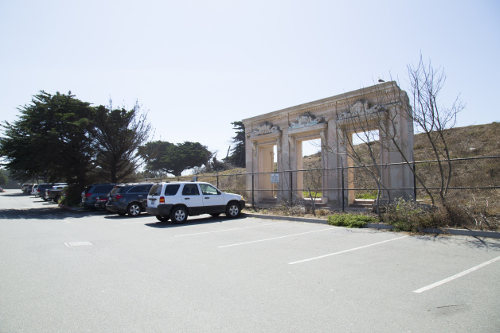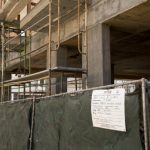Proposition K aims to make it easier for developers to build affordable housing using city-owned land.
Why is this on the ballot?
Politicians constantly say that San Francisco needs more housing to absorb sky-high demand. But developers complain about the many obstacles that can stop a project in its tracks, and the cost of land is often at the top of the list. Compared with their market-rate counterparts, affordable housing projects (see “Definitions” section, below) are less profitable, because their future tenants will pay artificially lower rents. In turn, investors are less interested in helping developers get those projects off the ground. Lacking that seed money, affordable housing developers vie for oh-so-scarce government grants.
What would it do?
Proposition K creates a system for passing underused, city-owned land to affordable housing developers for free — an immense savings that might make certain projects doable. (For-profit developers who received these parcels would still have to pay for them.)
Under the new system’s three-step process:
-
City departments would work together to figure out which of their properties were collecting dust, and those would all go on a master list.
-
Once a year, the Board of Supervisors would choose from that list, handing their favorite properties to the Mayor’s Office of Housing to use for affordable housing.
-
If it did not disagree with the board’s choices, then the Mayor’s Office of Housing would start the planning process to build homes on the land and track down developers to do the work. (Alternately, if the housing office proved that the land was actually unsuitable for home construction then those parcels might be sold off.)
The board could also select properties that departments were currently using, if that land’s legal height limits allowed for a taller building. Developers would build new homes on top.
If a piece of city-owned land were big enough to accommodate at least a 200-unit apartment building, then it would be used for mixed-income homes. Half of that building could be priced at the market rate, and everything would be priced cheaper according to income and family size.
Is there a catch?
San Francisco’s officials don’t know how useful publicly owned land would be for building new homes. Most of the parcels on the city’s running list of underused properties are too small to accommodate more than a few new homes. But John Updike, who manages the list as director of the Real Estate Division, said that the current list might be incomplete — departments could be holding additional underused parcels in secret. Updike said he would soon begin investigating this.
Though Proposition K openly states that currently homeless people would get first priority to live in these homes, real-world complications could limit how often that actually happened. An affordable housing project generally applies income restrictions to the tenants, as dictated by the terms of the specific government grants (and there are many kinds of grants) that the developer used to build it. The grants that create housing for the lowest income brackets are some of the hardest to get, according to Danny Yadegar, legislative aide to the measure’s author, Supervisor Jane Kim.
Would it increase the cost of government?
Proposition K would not cost anything, according to the city controller’s estimates.
Who officially proposed it?
Supervisor Jane Kim, who represents the Tenderloin neighborhood and parts of the downtown corridor and South of Market. In the last decade, Kim’s district has received more market-rate housing construction than any other supervisor’s.
Who officially opposes it?
San Francisco Taxpayers Association.
Definitions
Affordable housing: These are homes with prices that are artificially lower than what the market would otherwise dictate. To qualify to live in affordable housing, a renter’s annual income has to be less than a certain amount; different buildings, and sometimes different homes in the same building, can have different income limits. The term affordable housing can also be applied to public housing, which is owned by the government, or describe housing owned by individuals or private entities. A rental unit covered by local rent control laws is not necessarily counted as affordable.
Market-rate housing: This is conventional housing. Prices can fluctuate often to follow what the real estate market will bear, and there are no income limits on incoming residents.
Follow the money
View all filing activity supporting or opposing the measure.
Still puzzled?
We want your questions. If you are still wondering about how Proposition K will work or impact San Francisco, ask! Use #election2015 and our Twitter handle (@sfpublicpress) and we will do our best to get answers.
Photos by Stella Sadikin / San Francisco Public Press










